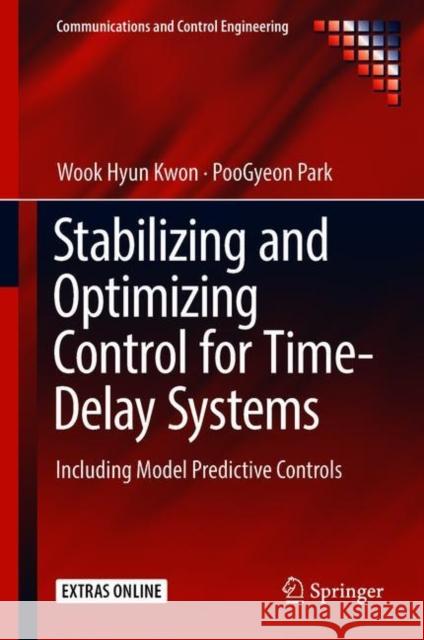Stabilizing and Optimizing Control for Time-Delay Systems: Including Model Predictive Controls » książka
topmenu
Stabilizing and Optimizing Control for Time-Delay Systems: Including Model Predictive Controls
ISBN-13: 9783319927039 / Angielski / Twarda / 2018 / 425 str.
Stabilizing and Optimizing Control for Time-Delay Systems: Including Model Predictive Controls
ISBN-13: 9783319927039 / Angielski / Twarda / 2018 / 425 str.
cena 385,52 zł
(netto: 367,16 VAT: 5%)
Najniższa cena z 30 dni: 382,84 zł
(netto: 367,16 VAT: 5%)
Najniższa cena z 30 dni: 382,84 zł
Termin realizacji zamówienia:
ok. 20 dni roboczych.
ok. 20 dni roboczych.
Darmowa dostawa!
MATLAB® codes for worked examples for optimal and sub-optimal control











